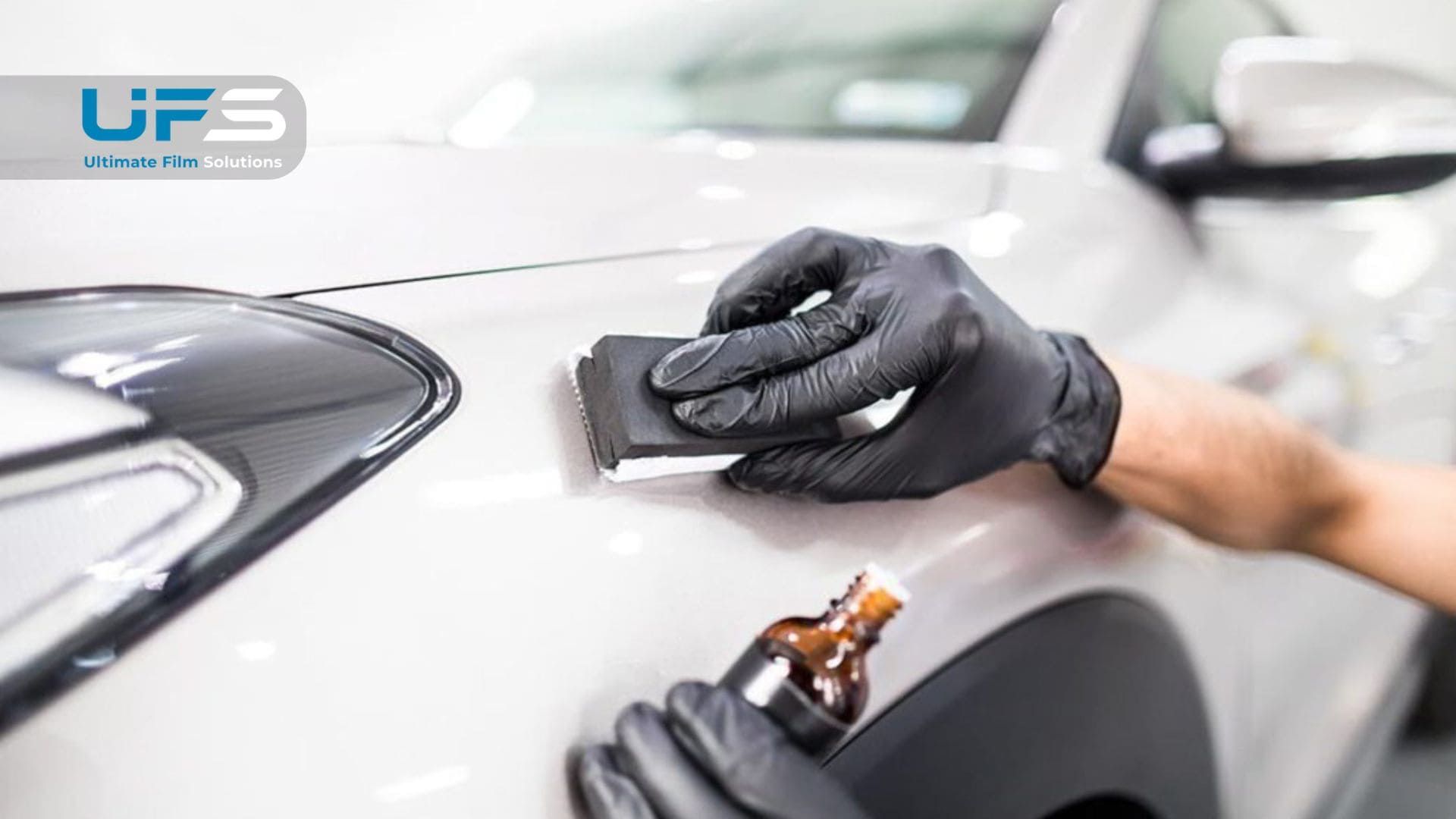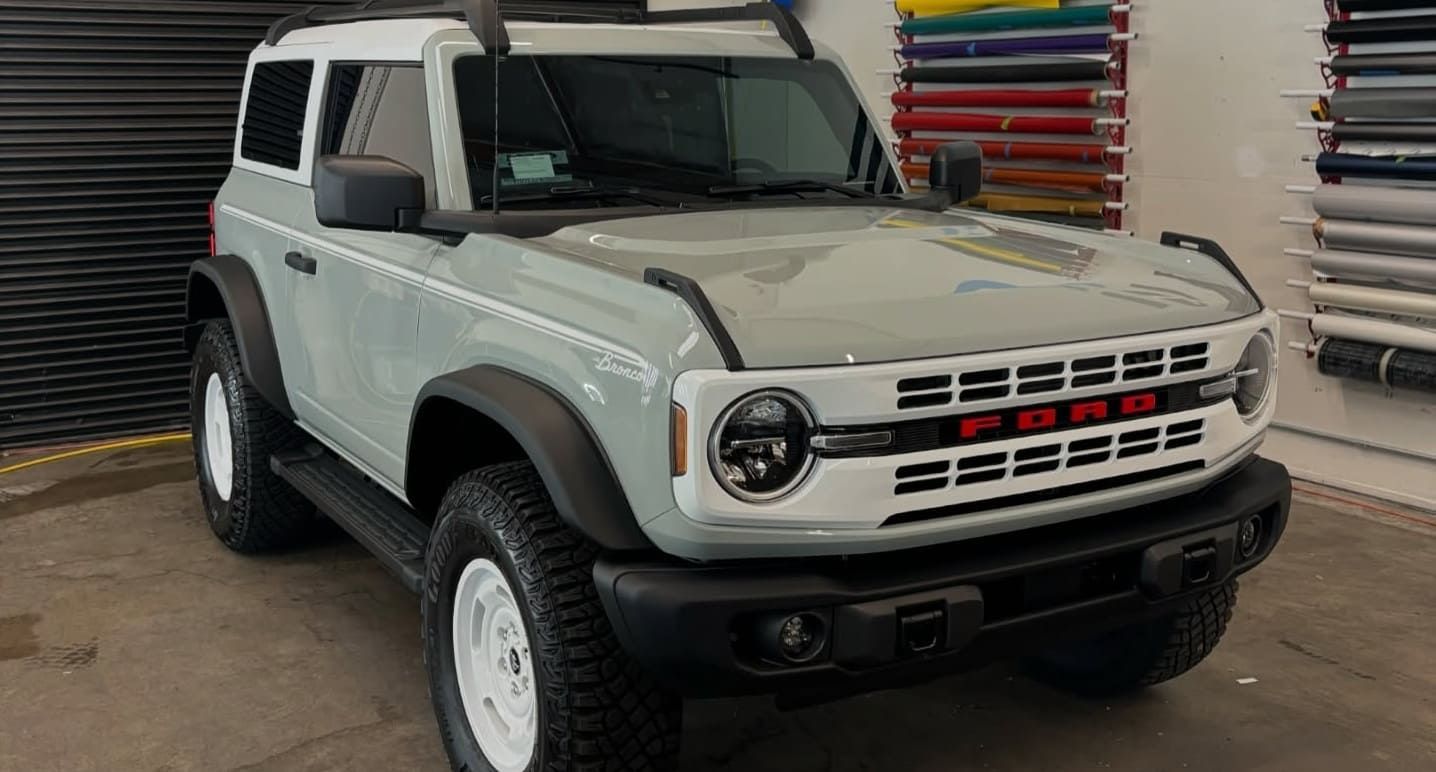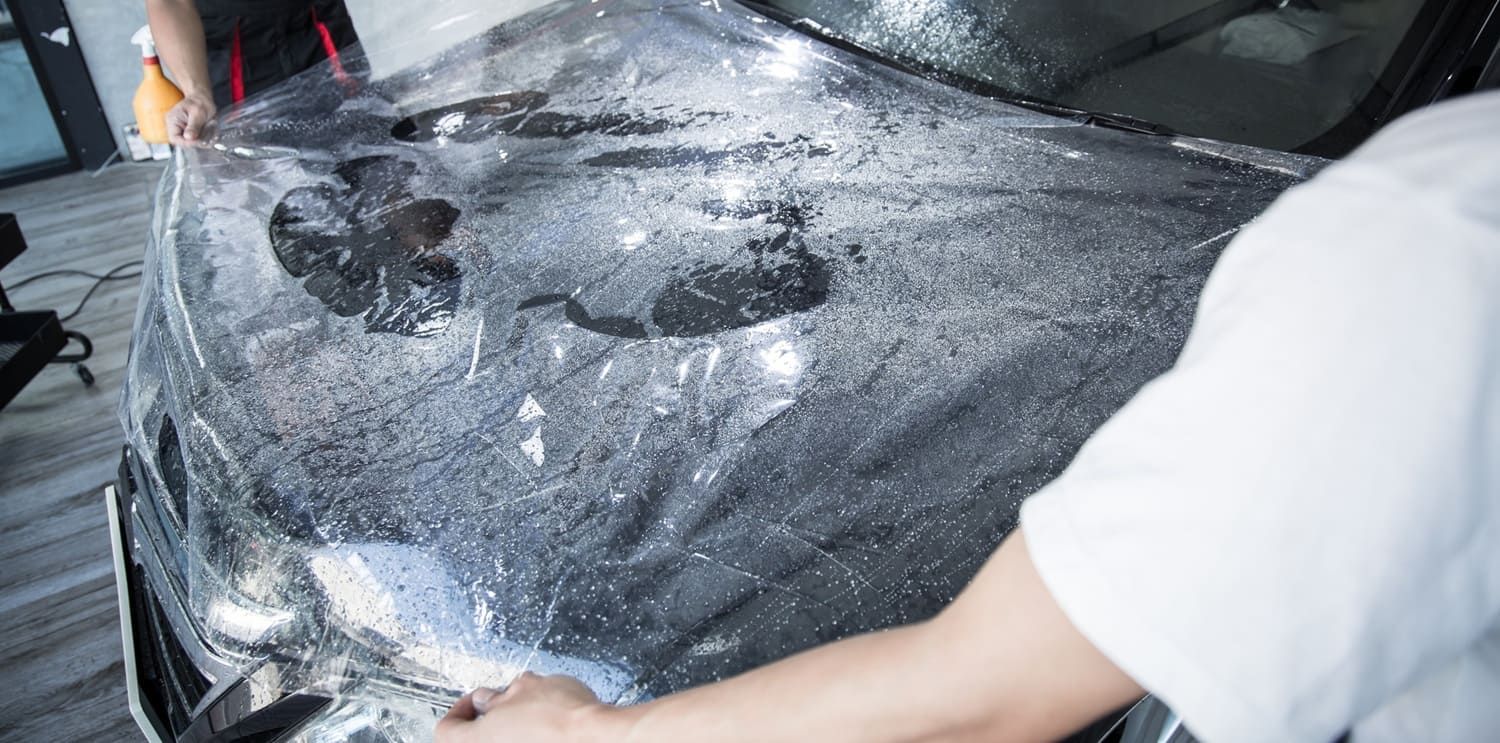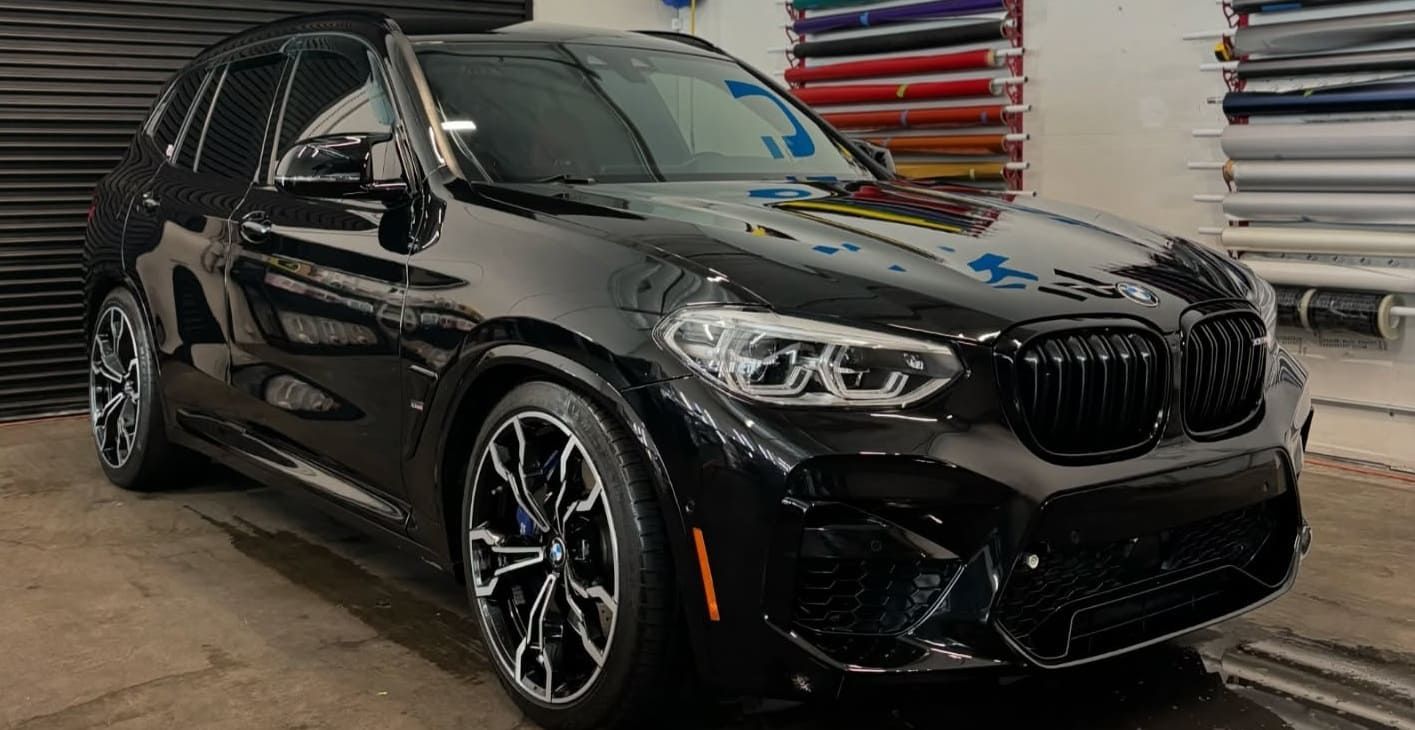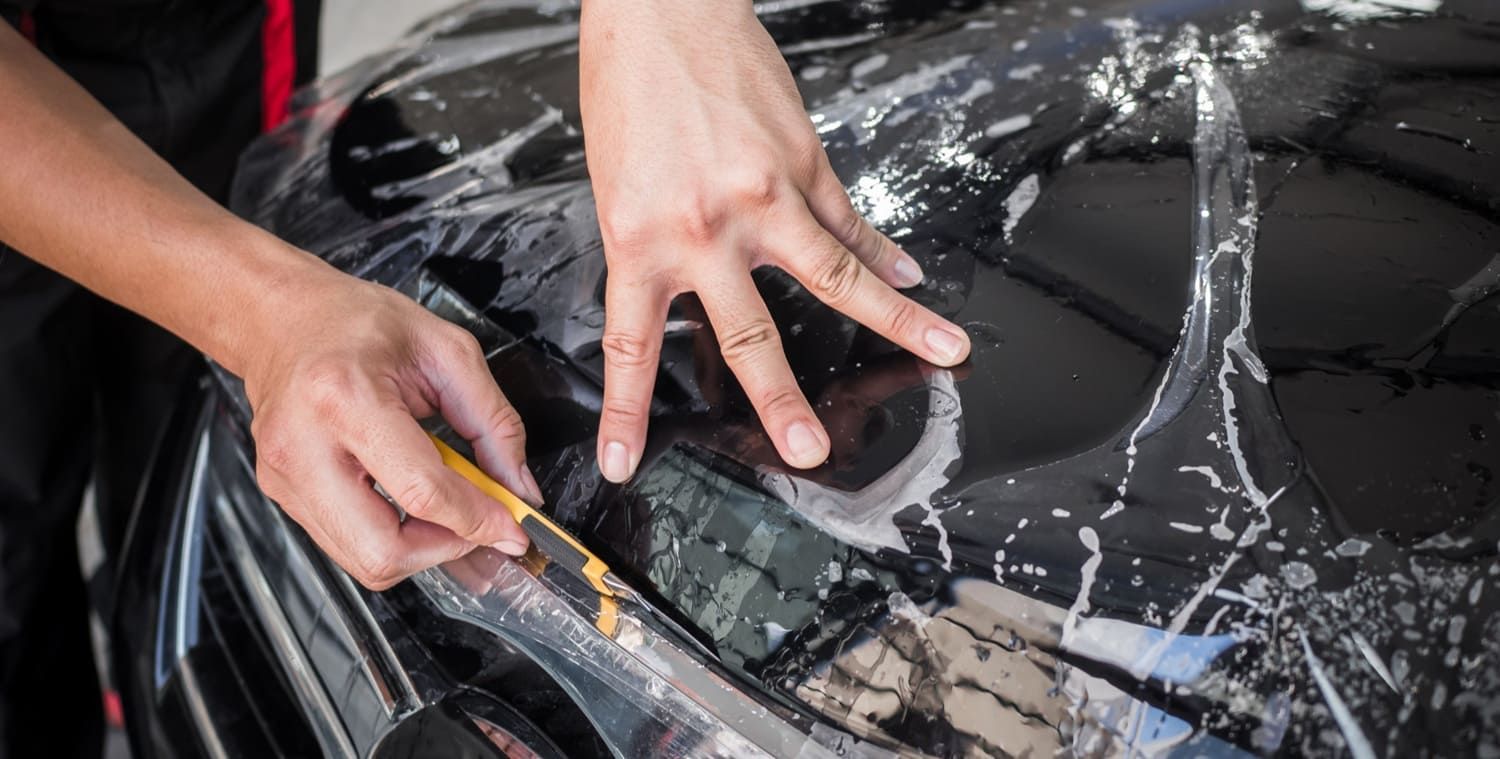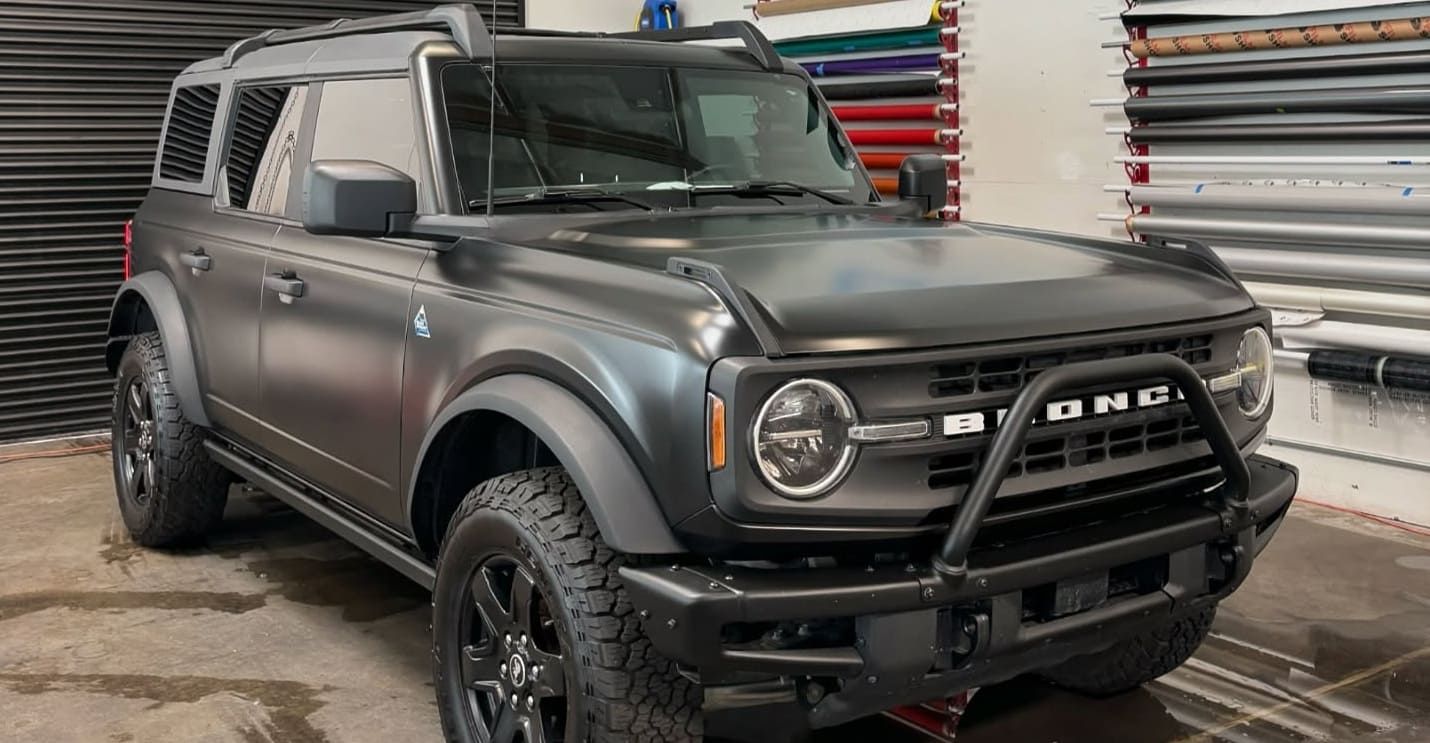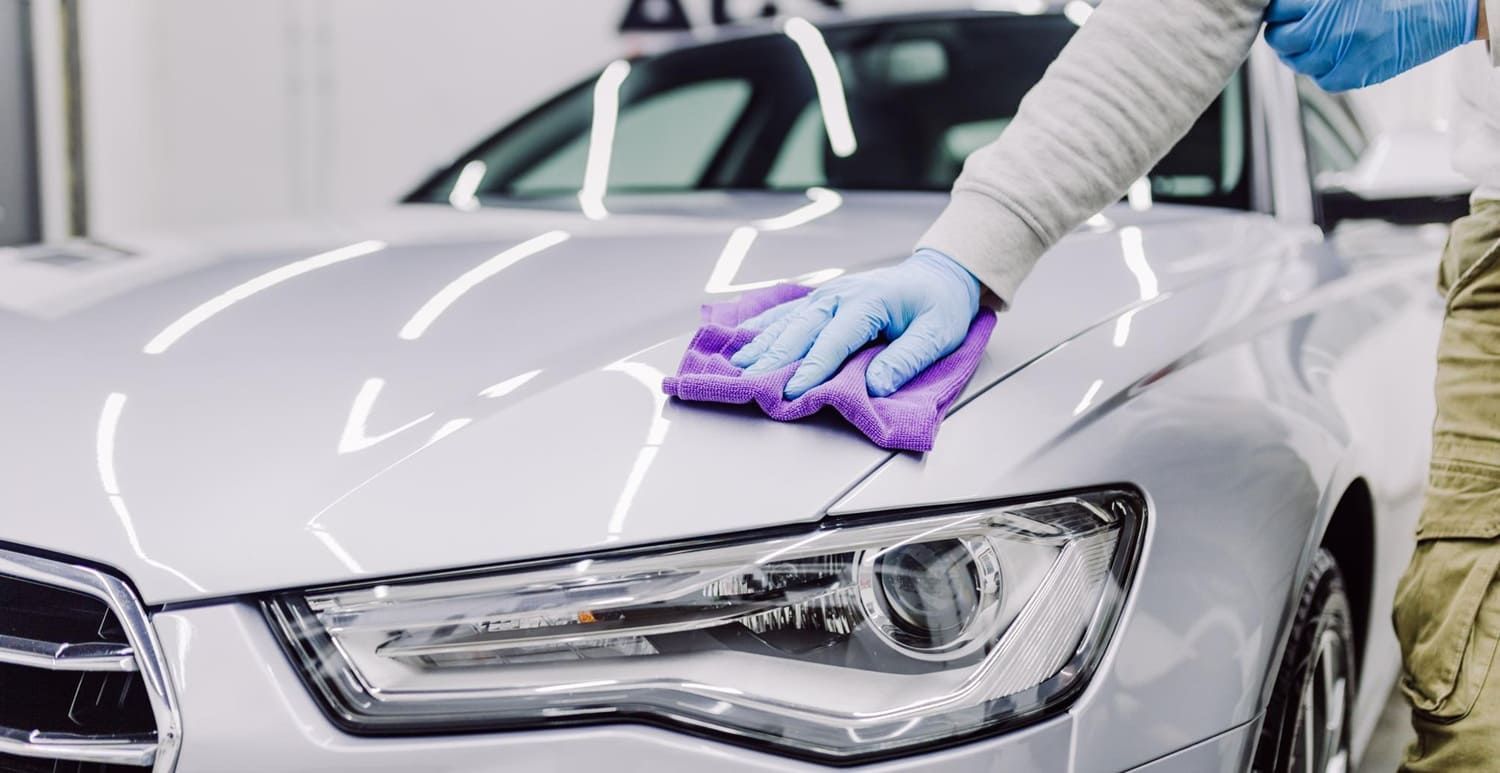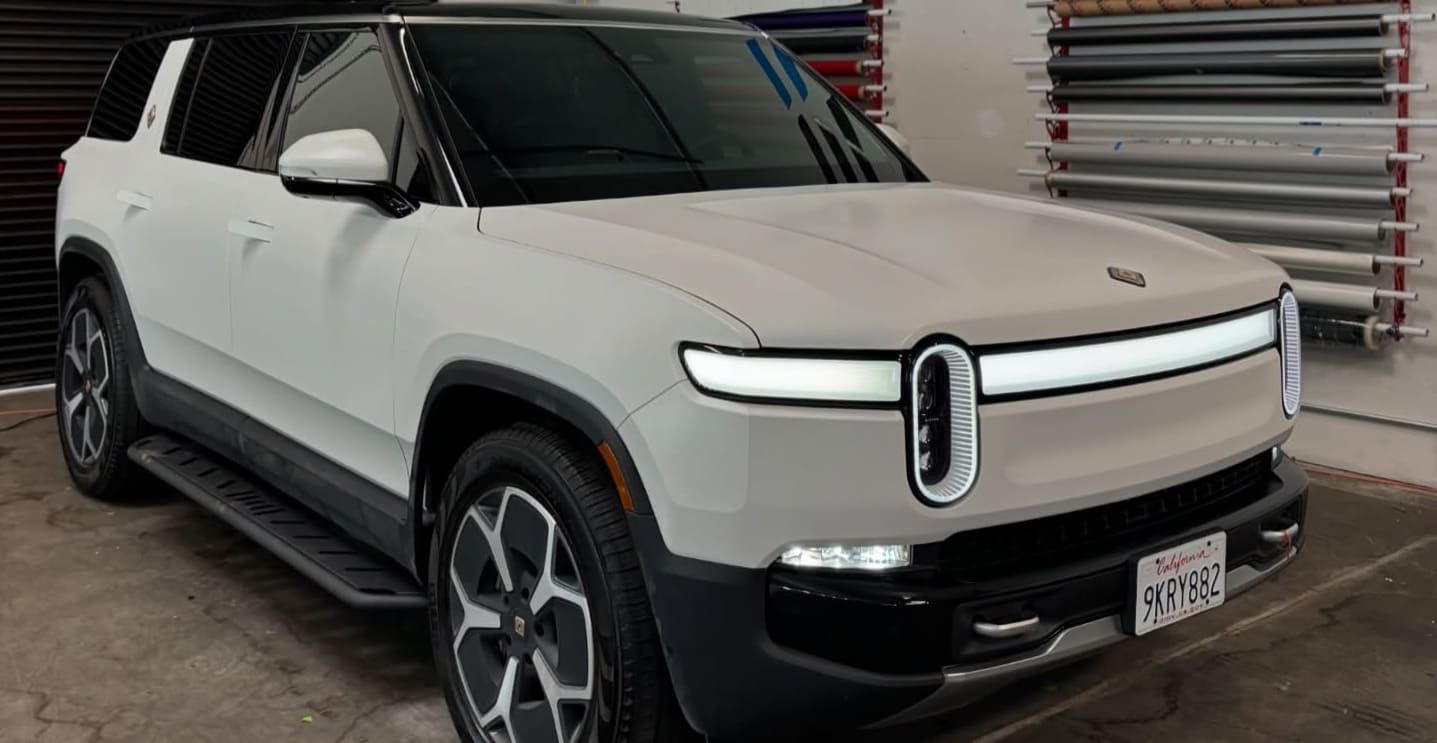Paint Protection Film: Everything You Need to Know
Do you want to avoid chipped paint or wear and tear affecting the sheen of your car? Learn about paint protection film and what it can offer you!
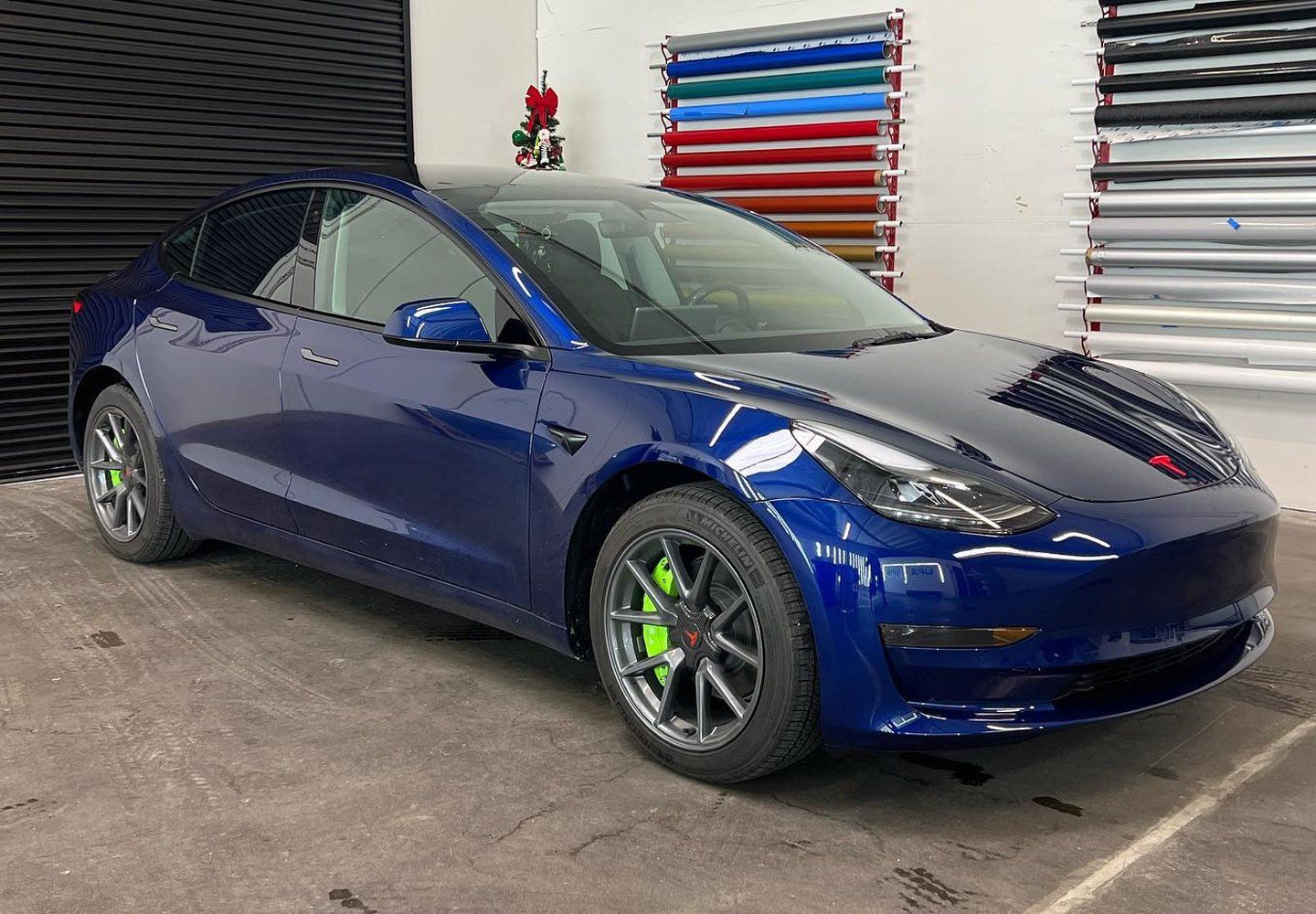
33% of Americans would rather get a scratch on their own bodies than see one on their car. They've developed a bond with their vehicle over the years and are willing to pay to protect it.
The paint job is one of the most immediately visible areas, and it's where many drivers focus their efforts. There are several options to help keep it looking its best.
Paint protection film wasn't originally developed to protect auto paint, but gradual developments have made it a popular way to do so. It offers protection against damage, rust, and UV rays while improving aesthetic appeal and increasing resale value.
Read our PPF guide to learn everything you need to know about paint protection film (PPF), from its history to where to get it for yourself.
History of Paint Protection
The US Department of Defense developed a urethane coating to protect helicopter blades from damage from flying debris.
The applications for protecting car paint jobs were realized by 1961 when it was developed for a Porsche 356. It was made of black vinyl and didn't have the attractive appearance of modern paint protection film. Thanks to its history, it earned the nickname "helicopter tape."
By the 1980s, a new form of urethane coating was developed to protect racecars from damage. Its high price made it inaccessible to everyday drivers at first, but that eventually changed.
Paint protection film is now transparent and referred to as a clear bra. Once it developed this attractive appearance and a more accessible price, it became a popular consumer product.
How Paint Protection Film Works
Paint protection film or PPF is a thermoplastic urethane film. It's placed over your existing paint job as an extra form of protection.
There are several film options on the market today, but one of the most important factors that sets them apart from each other is thickness.
Paint protection film thickness is typically measured in calipers or micrometers. It takes into account factors such as the manufacturer and the presence of an adhesive layer.
This determines how much protection the film provides, a measure known as effective thickness.
Thickness is difficult to measure, but the general principle that installers follow is that the more the film is stretched, the thinner it will be.
Pliable films retain their thickness better, and certain patterns need to be stretched more. An improper installation reduces effective thickness, which is why you should always have the film installed by a professional.
Paint Protection Film Benefits
Benefits of paint protection film include aesthetic appeal, protection from damage, rust, wear and tear, and UV rays, and increased resale value.
A clean, shiny exterior is one of the main goals of almost any car owner, and paint protection films can help them achieve it. They create a wax-line quality that improves the look of any paint job.
Paint protection film protects against scratches and nicks from everyday road hazards. Its self-healing properties can make them fade away as if they never happened.
Paint protection film prevents paint wear and tear on the most vulnerable areas of your vehicle, such as the front end, door thresholds, and the top of the rear bumper.
Films are useful for more than aesthetics and ensuring your paint job looks its best. They also keep your car running better and maintain its value.
Paint protection film fights against rust that can ruin the appeal of your paint job and harm your car's mechanical components. Films with hydrophobic qualities also make your car easier to clean.
Paint protection film protects against damaging UV rays from the sun. They have devastating health effects such as cancer, skin or eye damage, and immune system suppression.
UV rays can also reach the interior of your vehicle, heating it and causing the material to fade. If you want a comfortable ride in a beautiful interior, you need to protect against them.
Damaged or chipped paint hurts the resale value of your vehicle. If you want it to fetch the highest price possible when you go to resell it, you need to use a film to protect its paint job.
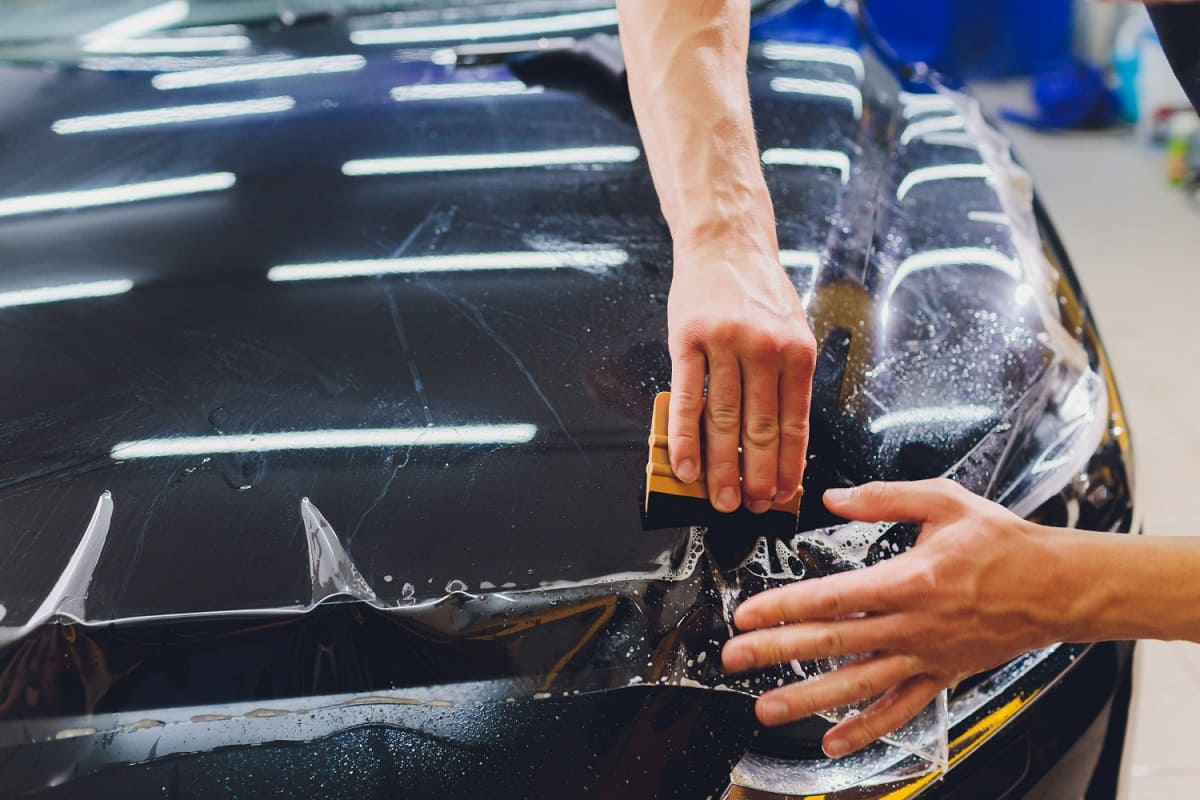
Choosing Paint Protection Film
There are plenty of paint protection installers on the market, and they offer a range of products, but choosing the right one is an essential step.
Start by finding out exactly what types of paint protection products the installer uses. Research the brand, look at its reviews, and check for warranties. Even the best installers won't be able to give you effective results if they use substandard paint protection films.
Look into the installer as well. Make sure that they're experienced in the paint production film installation process and have worked with the type of vehicle you drive before.
Find out what techniques they use because there are several ways to install a film and not all of them work. An improper installation will be unattractive, ineffective, and not worth your time and money.
Check their previous work to see if it meets your standards. Look at reviews to see what previous customers thought. Ask the installer for references. These steps give you a sense of their reputation and help you determine if you can trust them.
Get a quote to see how much the application will cost and what you'll be getting for your money. Speak with the installer over the phone or visit them in person to get a sense of how they'll work with you.
Where to Get Paint Protection Film
Black wraps placed over helicopter blades evolved into a clear film placed over cars to protect their paint jobs from damage. They create a clean and shiny appearance and shield against UV damage, rust, and more.
There's a wide range of installers and products to choose from in the paint protection market. Finding the right one requires a bit of research but is worth the effort for its long-lasting positive effects.
Visit Ultimate Film Solutions to get the best clear bra paint protection film on the market installed by qualified installers. Get a free quote for our services today.

